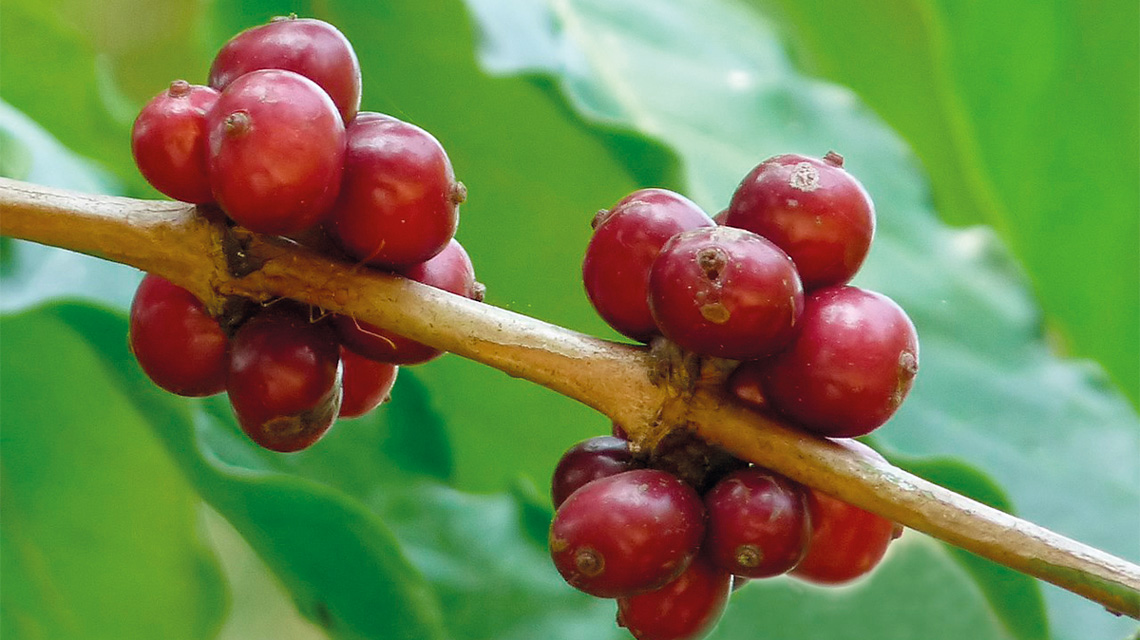Researchers from the University of Campinas (UNICAMP), Embrapa Rondônia, and the Federal Technological University of Paraná (UTFPR) have developed a technique that is 90% accurate at instantly determining the origin of Brazilian coffees of the canephora species (Coffea canephora) from the states where they are primarily grown (Espírito Santo, Rondônia, and Bahia) and distinguishing their botanical varieties (conilon and robusta) and the canephora coffee cultivars. Tested on 527 samples of canephora and arabica (Coffea arabica) with and without indicated origins, the method uses near-infrared spectroscopy and statistical methods to analyze data of chemical origin. The equipment emits electromagnetic radiation onto the sample under analysis and a detection system records the signal. The information generates spectrums that vary according to the chemical composition. “Brazilian canephora coffees are growing in popularity and reaching a level of quality comparable to arabica,” Michel Rocha Baqueta of the School of Food Engineering (FEA) at UNICAMP, one of the researchers behind the method, told Agência FAPESP. “Products considered special and with geographical indications have greater commercial value” (Journal of Food Composition and Analysis, March; Analyst, April).
RepublishChemical
Method distinguishes chemical identities of coffees

Every variety has its own electromagnetic spectrum determined by its chemical composition
Jeevan Jose / Wikimedia Commons

